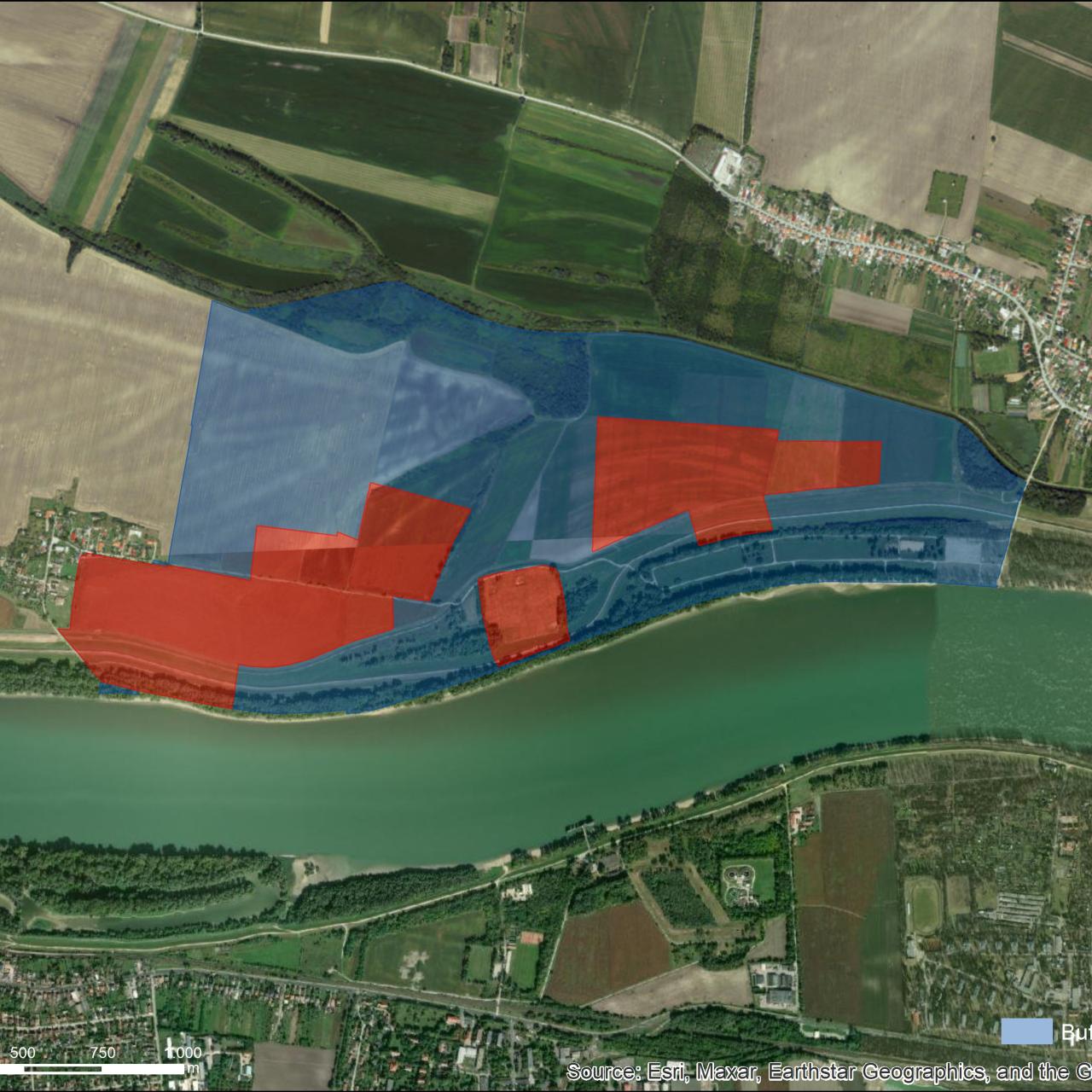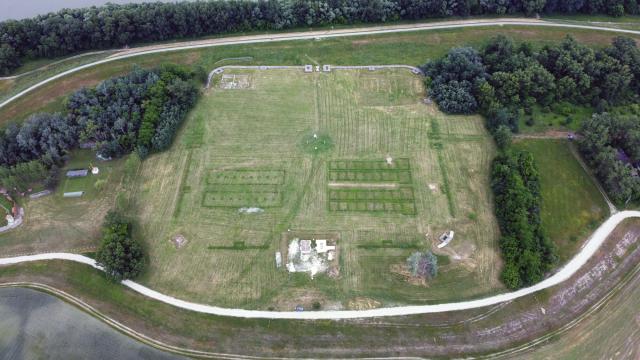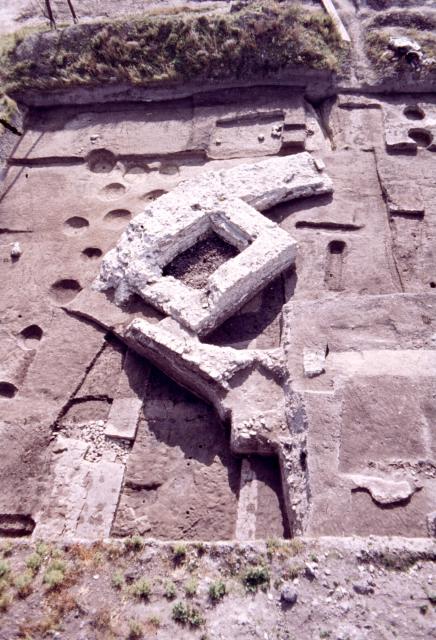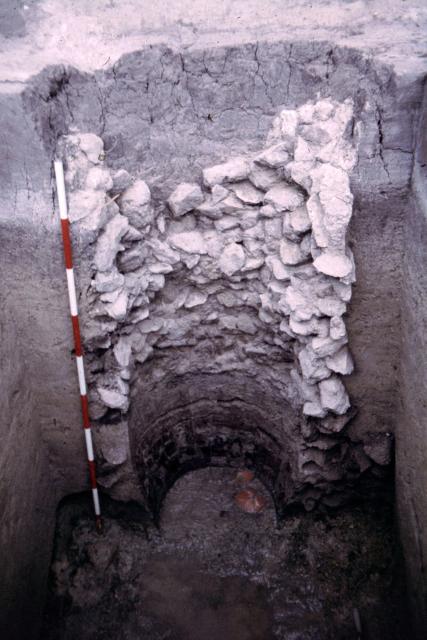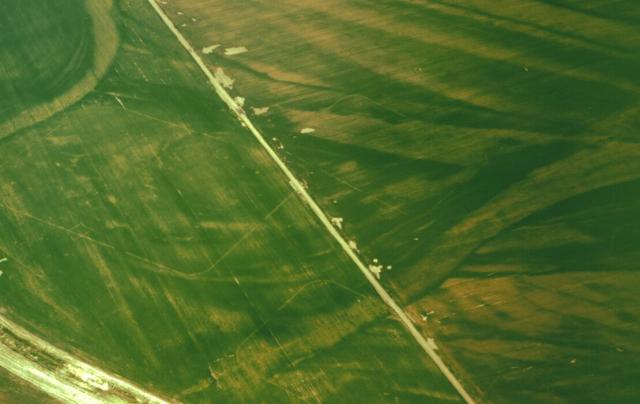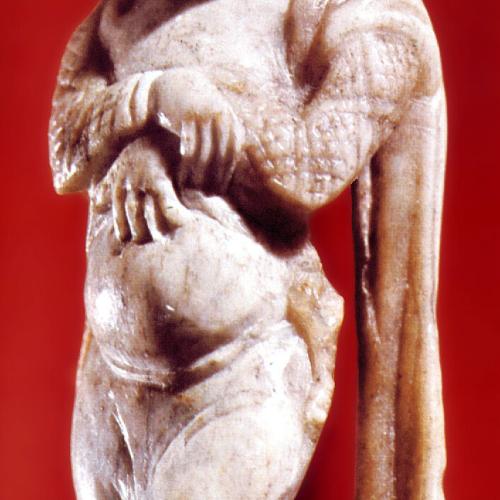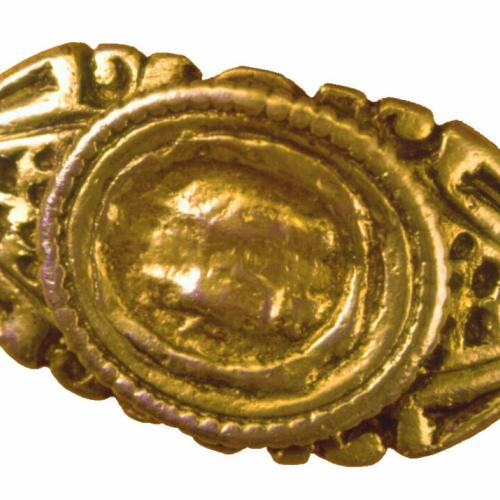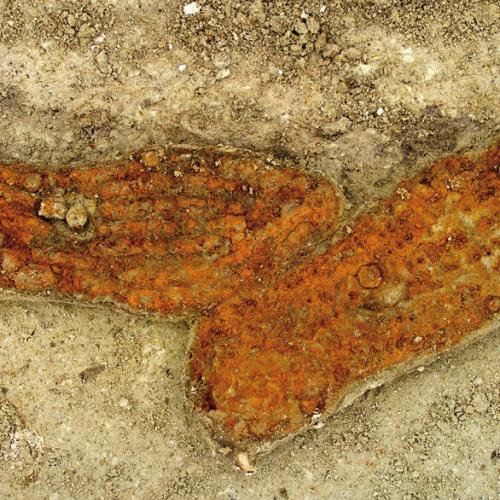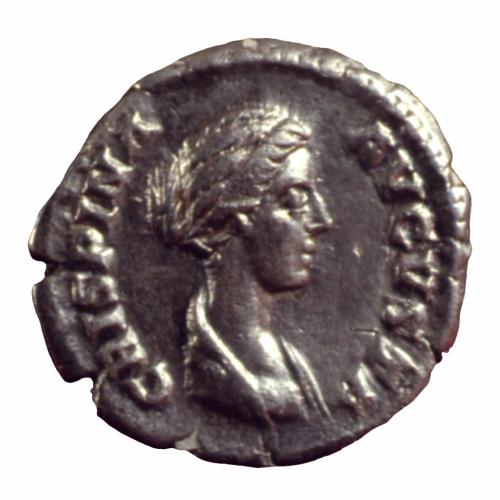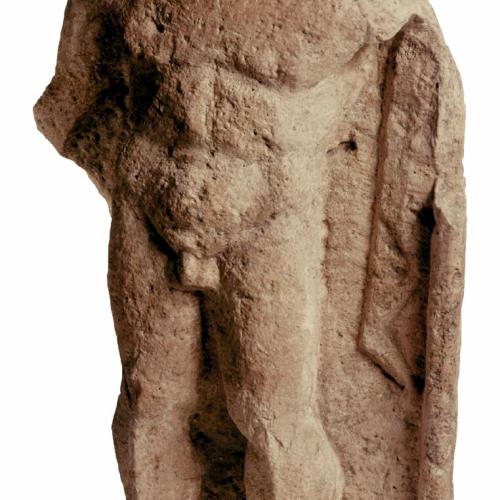Kastell
The Roman military camp in Iža served as a fortified bridgehead of the legionary camp of Brigetio (today Komárom). It is the only identified permanent fort in the northern Pannonian portion of the Limes, located on the left bank of the Danube in the so-called Barbaricum territory. A local amateur archaeologist, János Tóth-Kurucz, carried out the first excavations at the beginning of the 20th century, and the site's excavations continue up to the present day.
The Romans built the first fortification on this site in the final stage of the Marcomannic Wars (175–179 AD) as an earth-and-timber fort. It had a rhombic ground plan with rounded corners and was at least three hectares in size. The military garrison probably consisted of cavalry archery units, but their name, composition, and size are unknown. The camp was destroyed in an unexpected Germanic attack in 179 AD.
In the vicinity of the camp, the Romans built most likely ten temporary field camps – five to the west and another five to the east. These fortifications had rectangular or rhombic ground plans with rounded corners and covered an area of about 0.8 to 7 hectares. The Romans presumably used them temporarily to concentrate infantry, cavalry, and mixed military units during their campaign against the Quadi, a retaliatory operation after the destruction of the earth-and-timber fort.
Shortly after the Marcomannic Wars, the Romans built a stone military fort on the site of the former fort. It had a regular square shape with rounded corners and orientation according to the four cardinal directions. Its ground plan corresponded to standard Roman forts. Around the mid-3rd century, during the wars with Quadi, the fort was damaged but repaired. Significant camp reconstructions also took place during the 4th century when bastion towers were added to the north gate and three corners. The fortress was probably forcibly destroyed at the end of the 4th century. The territory of the Roman military camp is presented as an open-air museum with free access where part of the bare walls of structures and fortifications are visible.
Visit museums exploring the history of this site
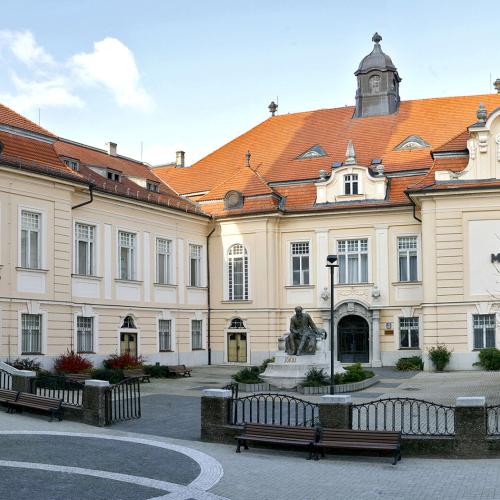
The Danube Region Museum in Komárno
The Danube Region Museum is one of Slovakia's oldest museums, and its Roman collection is the largest of its kind in Slovakia.
The museum consists of five buildings. In the main building, there is a permanent exhibition of the historical development of Komárno and its surroundings from prehistoric times to 1849. A Roman lapidary is located in Bastion VI, which was a part of the 19th-century fortification.
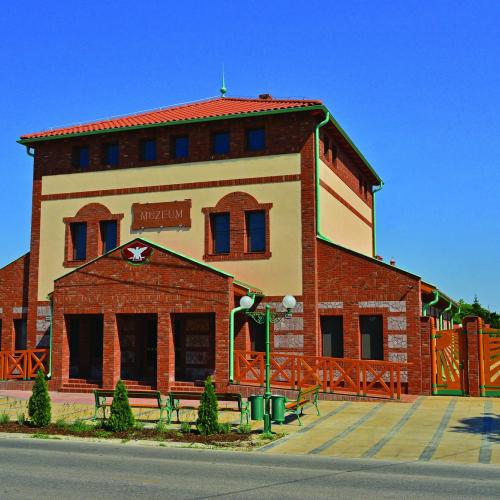
The Roman and Ethnographic Museum Kelemantia, Iža
The Roman and Ethnographic Museum Kelemantia was established in 2013. There are two permanent exhibitions in the museum: archaeological and ethnographic.
The archaeological exhibition introduces visitors to the Roman auxiliary fort in Iža as well as the life and work of Ján Tóth Kurucz, who led the first archaeological excavations of the Roman fort. There is also a craft workshop, which aims to demonstrate Roman daily life and craft activities.
